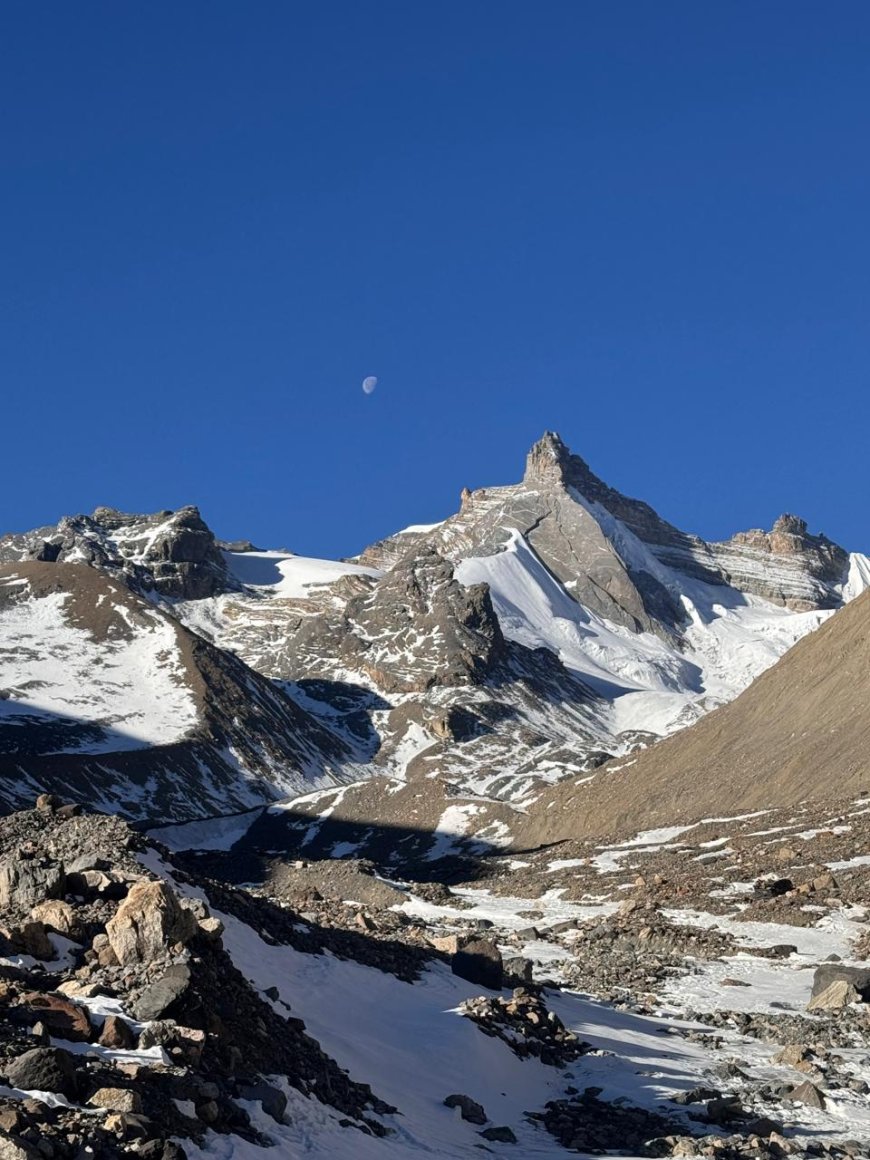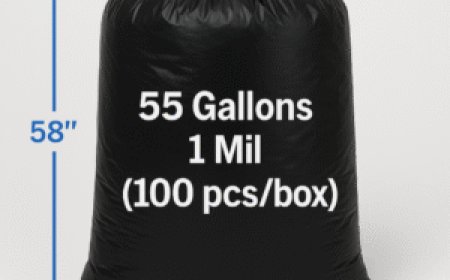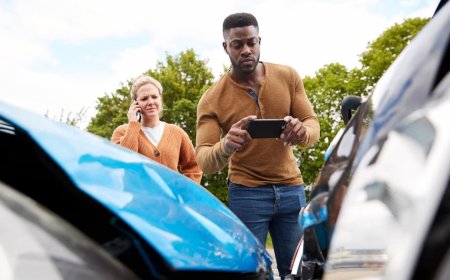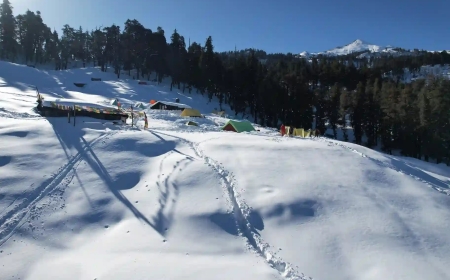How to Charge Your Devices on the Everest Base Camp Trek: Power Solutions
Join the classic Everest Base Camp Trek and witness the grandeur of Mount Everest up close on Nepal’s most popular hiking route.

Charging your devices on the Everest Base Camp trek can be tough because of limited electricity and rough weather. But with some good planning, you can keep your gadgets going throughout the trip. Staying connected and having your camera, phone, or GPS working is key for getting around, staying in touch, and capturing those amazing moments along the way.
Everest Base Camp Trek Itinerary. Most teahouses along the route do offer charging, but it can be hit or miss and might cost you. Many places charge by the device or by the hour, so keep that in mind when budgeting. The power supply is often low voltage and won't charge bigger devices like laptops quickly. Its a good idea to bring a universal travel adapter that works with Nepals plug types to make sure you can use the outlets available.
Solar chargers are a great and eco-friendly option, especially when its sunny. Lightweight solar panels can recharge your devices while you take breaks during the day. High-capacity power banks are also super helpful, so you can charge multiple times without needing an outlet. Just make sure your power bank is airline-approved and fully charged before you head out.
To save battery, switch your devices to airplane mode, turn down the screen brightness, and close any apps you dont need. Bringing extra charging cables and protective cases can help shield your gear from the cold and moisture. With the right mix of charging options, youll be able to stay connected, find your way, and capture your Everest Base Camp adventure without stressing about battery life.
What Are the Common Power Sources on the Everest Base Camp Trek?
On the Everest Base Camp trek, your options for power are pretty limited, but you can find electricity in most teahouses and lodges. They often get power from solar panels, small hydro plants, or generators. Just keep in mind that the supply can be unreliable and might not be on all the time. You usually have to pay a small fee to charge your devices, and this can change depending on where you are. The typical voltage is 220V with a 50Hz frequency, using Nepals standard plugs (Types C, D, and M). A universal travel adapter is a must to connect your gear. Some remote spots might not have electricity, so having a power bank or solar charger can come in handy. Knowing the power situation helps you plan how to use and charge your devices during the trek.
How to Use Solar Chargers During the Trek?
Solar chargers are a good and eco-friendly choice for powering your gadgets on the Everest Base Camp trek. To make the most of them, pick a charger that has enough wattage and several USB ports so you can charge multiple devices at once. Place the solar panel in direct sunlight, angled toward the sun, and avoid letting it get shaded. Charge your devices during breaks or while its sunny to get the best energy. Just remember that the weather can affect how well solar chargers work; cloudy or snowy days can cut down on power, so plan for that. It's smart to also carry a portable power bank to store some solar energy for later use. These chargers are lightweight and tough, which is perfect for trekking. Using them right helps you stay powered up even in less developed areas.
Are Power Banks Reliable for Trekking to Everest Base Camp?
Power banks are a handy and reliable way to keep your devices charged on the Everest Base Camp trek. They let you charge things without needing an outlet. A high-capacity power bank (20,000mAh or more) can recharge your smartphone multiple times and can even work for tablets or cameras. Make sure to fully charge your power bank before you start the trek and bring extra charging cables. Also, check the airline rules about power bank capacities for your flight to Nepal. To keep your power bank working well, keep it warm by storing it close to your body inside your jacket to protect it from the cold. Smart use of power banks means your devices will stay alive during the trek, especially in areas where electricity is scarce.
How to Manage Your Device Battery Life on the Trek?
To get the most out of your devices battery life while trekking to Everest Base Camp, you'll need to manage it wisely. It helps to put devices in airplane mode to save power and limit background data use. Lower the screen brightness and turn off any notifications or apps you don't need. Most smartphones and cameras have power-saving modes, which can help. Try not to use your devices in very cold weather for too long, since the battery will drain faster. If you can, carry additional batteries for cameras or GPS devices. Plan your device usage around places where you can charge and keep some battery reserved for navigation or emergency calls. Being mindful of your battery usage means youll stay connected and able to take photos throughout your adventure.
What Are the Best Travel Adapters and Cables for Everest Base Camp?
Picking the right travel adapters and cables is key for charging your devices on the Everest Base Camp trek. In Nepal, you'll mostly see Type C, D, and M plugs, with 220V and 50Hz electricity. A universal travel adapter that fits these is super important. It's also good to find adapters with built-in USB ports so you can charge multiple items at once without needing extra outlets. Go for durable and tangle-free charging cables with strong connectors that can handle the rough trekking conditions. Its smart to bring spare cables just in case. Depending on your devices, youll likely need USB-C and Lightning cables. Investing in good-quality adapters and cables means your devices will stay compatible and safe on your trek.
Can You Count on Teahouse Charging Services During the Trek?
Teahouses on the Everest Base Camp trek often offer charging services, but how reliable they are can really vary. Most places have electricity for charging phones and cameras, but power outages and voltage issues happen often because of the limited setup. You might have to pay a small fee to charge your devices, so keep that in mind when budgeting. Some teahouses only allow charging in the evening, and it might be slow. It's smart to bring a universal adapter and extra charging cables to fit different plug types. Because of these ups and downs, it's risky to rely only on teahouse charging, so having a personal power bank or solar charger is a good backup plan. Being prepared means you won't run out of battery when you need it most during your trek.
How to Protect Your Devices from Cold Weather Battery Drain?
Cold weather can drain your device's battery on the Everest Base Camp trek. To keep your devices safe, try to keep them warm by storing them inside your jacket or close to your body. Use insulated pouches designed for electronics to protect against moisture and freezing. Turn off devices when you're not using them and avoid charging them in extreme cold. If your device gets cold, warm it up gradually to avoid damage from condensation. Having spare batteries or power banks is a good idea since cold can drain power quickly. These tips will help your devices work despite the tough weather in the Himalayas.
What Are the Best Practices for Charging Multiple Devices?
If you need to charge several devices on the Everest Base Camp trek, a little planning goes a long way. Try using a multi-port USB charger that fits Nepals plugs to save time and cut down on adapters. Charge the most important devices first, like your phone and GPS, before moving on to cameras or tablets. Keep your charging cables neat with ties or in pouches to prevent tangles. Limit how many devices you charge at once to avoid overloading the teahouse's electric system, which can lead to power issues. A power bank can help when there aren't any outlets around. Bringing spare cables and adapters means you're ready for anything. Following these tips will help keep all your essentials charged throughout your trek.
Are Portable Generators an Option for Charging on the Trek?
Most individual trekkers dont use portable generators on the Everest Base Camp route since they're heavy, noisy, and need fuel. Some lodges use small diesel or petrol generators when solar or hydro power isnt enough. Bringing your generator isn't really practical and isnt recommended because of the environmental impact. Instead, stick with renewable options like solar chargers and power banks, along with what teahouses provide. Going for eco-friendly charging solutions helps lessen your footprint in this delicate mountain area. Knowing how generators work can help you have realistic expectations about power availability and promote responsible trekking.
How to Troubleshoot Common Charging Issues on the Trek?
Charging problems are common on the Everest Base Camp trek because of the unstable power and tough conditions. If your device isnt charging, start by checking the adapter and cables for any damage or loose connections. Make sure your travel adapter fits well in Nepals sockets. Voltage swings can hurt your devices, so its best to avoid charging during storms or strong winds. If charging is slow, unplug and try again later, or move to a different teahouse. Keep your devices and chargers dry and warm to avoid issues. Having backup power banks and cables is a smart move. Staying calm and ready with these troubleshooting tips will help keep your devices powered around the trek, keeping you safe and connected.
How to Charge Your Phone While Trekking?
Charging your phone during the Everest Base Camp trek takes some planning because electricity can be scarce. Most teahouses offer charging services, but they might not always be reliable and usually charge a small fee. It's a good idea to carry a universal travel adapter for Nepals outlets. A high-capacity power bank is important too, especially in remote spots without power. If the weather's nice, solar chargers are a great eco-friendly backup. To save battery life, switch to airplane mode, lower your screen brightness, and close any apps youre not using. Bringing extra charging cables and keeping your phone warm can also help extend battery life. Doing all of this ensures you can use your phone for navigation, staying in touch, and taking photos throughout the trek.
How to Pack for the Everest Base Camp Trek?
When packing for the Everest Base Camp trek, you need to balance what you take with the weight limits. Start with layering your clothes for the changing weather: thermal base layers, warm mid-layers, and waterproof outer layers are key. Bring sturdy trekking boots that you've already broken in, along with gloves, hats, and sunglasses for protection against the cold and sun. A durable backpack with a rain cover and some packing cubes for organization will make your life easier. Don't forget personal items like a first aid kit, water bottles, trekking poles, and power banks. If youre bringing electronics, make sure they have protective cases and that you pack the necessary charging gear. Snacks and toiletries are important too, but try to keep your pack light so you can handle those long hikes without feeling weighed down. Good packing helps make your trek more comfortable and safe.
Can You Use Your Phone on Everest?
You can use your phone on Everest and during the Everest Base Camp Trek package, but there are some limitations. Youll find cellular coverage in the villages and teahouses along the way, mainly from providers like Ncell and NTC, but the signal drops off at higher altitudes. The Internet can be slow and pricey. If you need to stay connected in very remote areas where theres no mobile signal, satellite phones are an option, but they come with rental fees. Since power can be tricky to find, you'll need to plan how to keep your phone charged. Even with these challenges, phones are really useful for navigation, staying in touch, and taking photos, making them an important tool for trekkers these days.


































